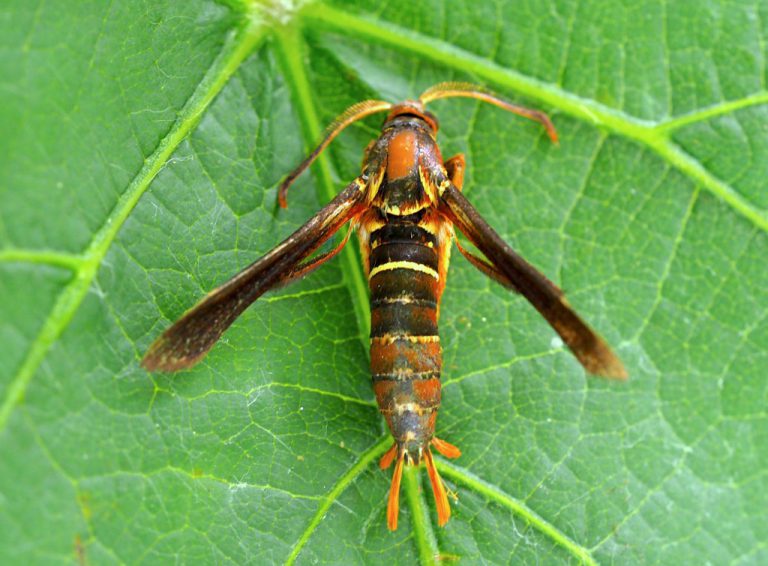The Environmental Protection Agency’s (EPA) decision to ban the use of chlorpyrifos (lorsban) means grape producers need an alternative treatment for grape root borers.

According to the University of Georgia (UGA) Cooperative Extension Viticulture Blog, an effective treatment is pheromone-based mating disruption.
The dispensers should be set out prior to the adult emergence of the borer. This is usually in late June in north Georgia and Alabama. The disruption works by making it difficult for males to find females to mate. Without mated females, there are no new larvae to attack the vines.
The tolerances for chlorpyrifos do not expire until Feb. 28, 2022.
Registered uses of lorsban are legal until March 1. It is important to keep records of applications as proof. Any application of chlorpyrifos to a food crop, such as grapes, after Feb. 28 will render the crop adulterated. It can’t be harvested and sold.
Grape root borers are moths with larvae that tunnel into larger roots and the crown of grape vines and will feed below the soil. Symptoms include poor growth and fruit set, with potential root girdling and vine death.
One management strategy is weed control. If growers eliminate weeds around the base of grape vines, they can reduce the potential sites for egg laying and improve spray coverage for borer management.









